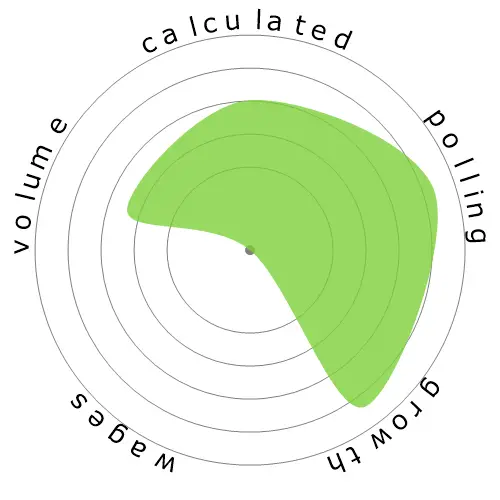Lifeguards, Ski Patrol, and Other Recreational Protective Service Workers




People also viewed
Calculated automation risk
Low Risk (21-40%): Jobs in this level have a limited risk of automation, as they demand a mix of technical and human-centric skills.
More information on what this score is, and how it is calculated is available here.
User poll
Our visitors have voted there's a low chance this occupation will be automated. This assessment is further supported by the calculated automation risk level, which estimates 36% chance of automation.
What do you think the risk of automation is?
What is the likelihood that Lifeguards, Ski Patrol, and Other Recreational Protective Service Workers will be replaced by robots or artificial intelligence within the next 20 years?
Growth
The number of 'Lifeguards, Ski Patrol, and Other Recreational Protective Service Workers' job openings is expected to rise 6.8% by 2033
Total employment, and estimated job openings
Updated projections are due 09-2025.
Wages
In 2023, the median annual wage for 'Lifeguards, Ski Patrol, and Other Recreational Protective Service Workers' was $30,380, or $14 per hour
'Lifeguards, Ski Patrol, and Other Recreational Protective Service Workers' were paid 36.8% lower than the national median wage, which stood at $48,060
Wages over time
Volume
As of 2023 there were 123,560 people employed as 'Lifeguards, Ski Patrol, and Other Recreational Protective Service Workers' within the United States.
This represents around 0.08% of the employed workforce across the country
Put another way, around 1 in 1 thousand people are employed as 'Lifeguards, Ski Patrol, and Other Recreational Protective Service Workers'.
Job description
Monitor recreational areas, such as pools, beaches, or ski slopes, to provide assistance and protection to participants.
SOC Code: 33-9092.00


Comments
Leave a reply about this occupation